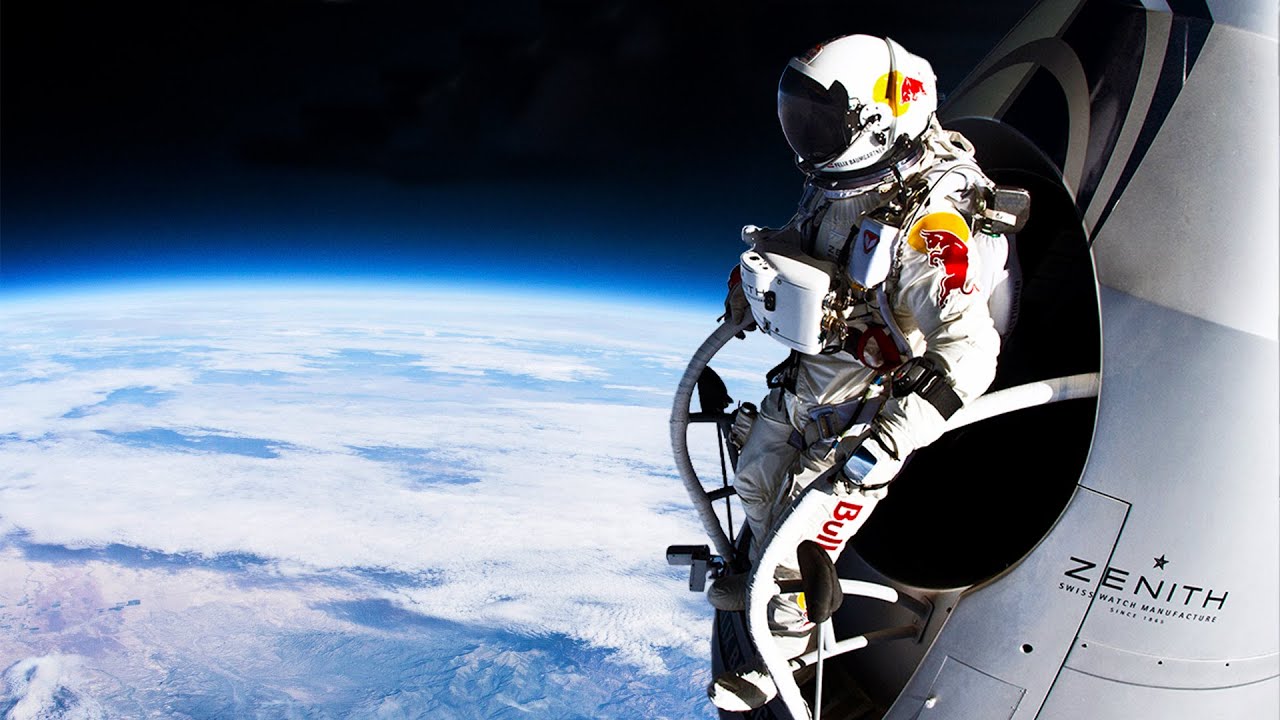The question of how high we could jump on different planets if they were our home is both fascinating and thought-provoking. As children, we often dream of boundless adventures in space, imagining what it would be like to bounce around on the moon or jump higher than ever before on exotic worlds. This inquiry not only opens an imaginative dialogue about the cosmos but also serves as a practical exploration of gravity and its impact on our daily lives. Let’s take a journey through our solar system to see how high you could leap on various celestial bodies, factoring in their gravitational pulls, extreme temperatures, and unique atmospheres.
Understanding Gravity: The Key to Jumping Heights
Gravity is the force that keeps us firmly tied to the Earth’s surface, limiting the height of our jumps significantly. On Earth, an average person can leap about 1.5 feet into the air. This number changes dramatically when we shift our perspective to other planets due to their differing gravitational strengths.
Jumping on Mercury: A Scorching Challenge
Starting with Mercury, the closest planet to the sun, where the gravity is less than half of Earth’s. On this extreme world, you could potentially jump around 4 feet high. Interestingly, despite the lighter gravity, the conditions are far from hospitable:
– The sunny side can reach blistering temperatures of 800 degrees Fahrenheit.
– The nighttime plunge sees temperatures dropping to an astonishing -280 degrees Fahrenheit.
– A day on Mercury lasts 176 Earth days, making it a long wait between hops!
The Harsh Climate of Venus
Next, we move to Venus, which, like Mercury, poses intense challenges. With gravity similar to that of Earth, a jump here will reach nearly 1.7 feet high. However, the atmosphere on Venus presents a far more dangerous scenario:
– It generates a greenhouse effect, trapping heat and maintaining an average temperature around 900 degrees Fahrenheit.
– The clouds consist of sulfuric acid, adding acid rain to the list of concerns for any would-be jumpers.
Luna: A Moon with Light Gravity
Now let’s skip to Luna (the Moon). With a gravity that is less than a fifth of Earth’s, you’d be able to jump nearly 9 feet high! The peaceful environment allows for:
– A slower descent that keeps you airborne for a moment longer, giving ample opportunity to enjoy the view.
– The Moon’s silent beauty, despite lacking an atmosphere, creates spectacular tide effects on Earth.
A Martian Leap to Remember
Mars, known for its rich red color and terrain, grants you a jump height of about 4 feet. The Martian atmosphere is thin, leading to unique environmental conditions:
– Evenings bring beautiful blue sunsets.
– The vast Olympus Mons, the tallest volcano in our solar system, towers over your potential jumps.
Ceres: The Dwarf Planet
Heading into the asteroid belt, we meet Ceres, the largest object there. With a gravity allowing you to jump around 52 feet high, you are presented with radically different conditions:
– Ceres comprises a massive portion of the asteroid belt’s mass, accounting for one-third.
Ganymede’s High Hops
Traveling to Ganymede, Jupiter’s largest moon, offers an opportunity to jump over 10 feet high. Its ice-covered surface and unique magnetic field make it a fascinating destination:
– Ganymede is more than larger than Mercury but less massive, creating an ideal jumping condition.
The Gas Giants and Their Moons
Jupiter, a gas giant, unfortunately, renders jumping moot due to the lack of solid ground but even a small leap might see you rise up to 6 inches high. Its colossal mass and dynamic storm systems present overwhelming gravity compared to our home planet.
Saturn’s gravity allows a modest jump of about 1.4 feet should you find a solid surface, although it’s essential to note that Saturn boasts a magnificent collection of 62 moons.
Visiting Titan, Saturn’s largest moon, lets you jump almost 11 feet high amidst its heavy nitrogen atmosphere and cryovolcanoes that expel ice instead of lava.
The Icy Giants: Uranus and Neptune
The ice giants, Uranus and Neptune, provide a chilling experience. On Uranus, a jump will take you about 1.7 feet, while on Neptune, you will manage only 1.3 feet, thanks to their immense gravitational pulls and low temperatures that drop to near -377 degrees Fahrenheit.
New Frontiers: Triton and Pluto
Triton, one of Neptune’s moons, allows a jump of 19 feet, exhibiting a retrograde orbit while showcasing a distinct surface feature called cantaloupe terrain.
Pluto, demoted from planet status, permits jumps over 25 feet high in its whimsical, fluctuating atmosphere.
Eris: Leap into the Distant Kuiper Belt
Finally, we land on Eris, a dwarf planet in the Kuiper belt. Here, you could potentially achieve a jump height of about 18 feet. Interestingly, Eris was pivotal in ushering the classification of dwarf planets and holds significant mass among its peers in the Kuiper belt.
Summary: The Cosmic Frontier Awaits
The prospect of jumping on different planets and moons opens a window into the unique environments that exist within our solar system. Each celestial body reveals its extraordinary characteristics—from the scorching heat of Mercury to the icy terrains of Eris, which allows for astounding leaps. Throughout this journey, gravity plays a crucial role, fundamentally dictating both the heights we can jump and the conditions we must endure.
Our solar system holds wonders that inspire scientists, astronomers, and enthusiasts alike. Keen to explore more? Dive deeper into understanding personal connections between gravity, jumps, and the experience of weightlessness across our galactic neighborhood!
For a more in-depth understanding, you can watch the full video here:


